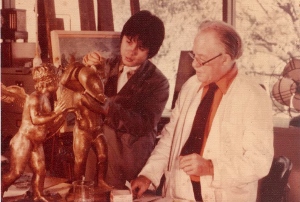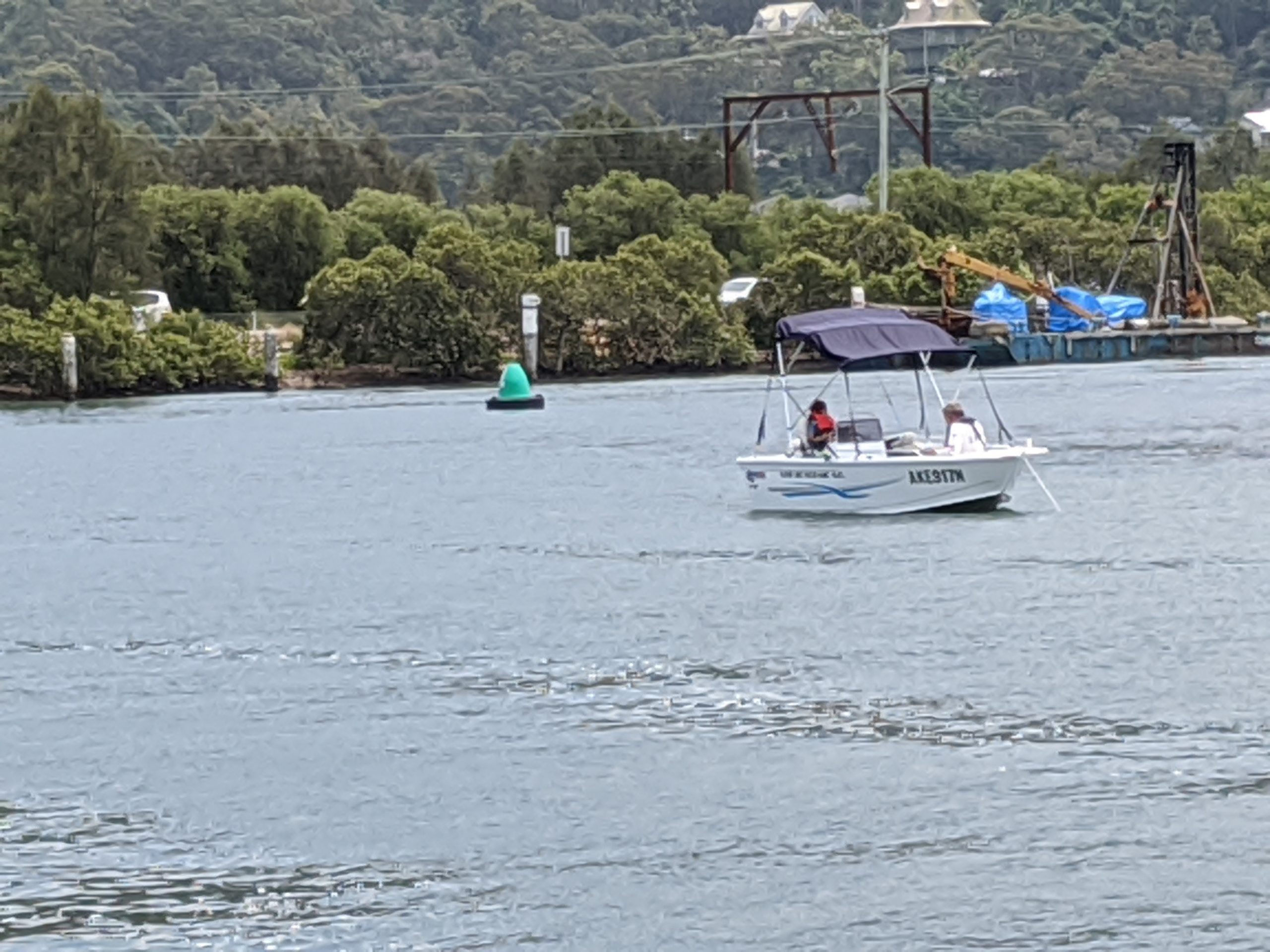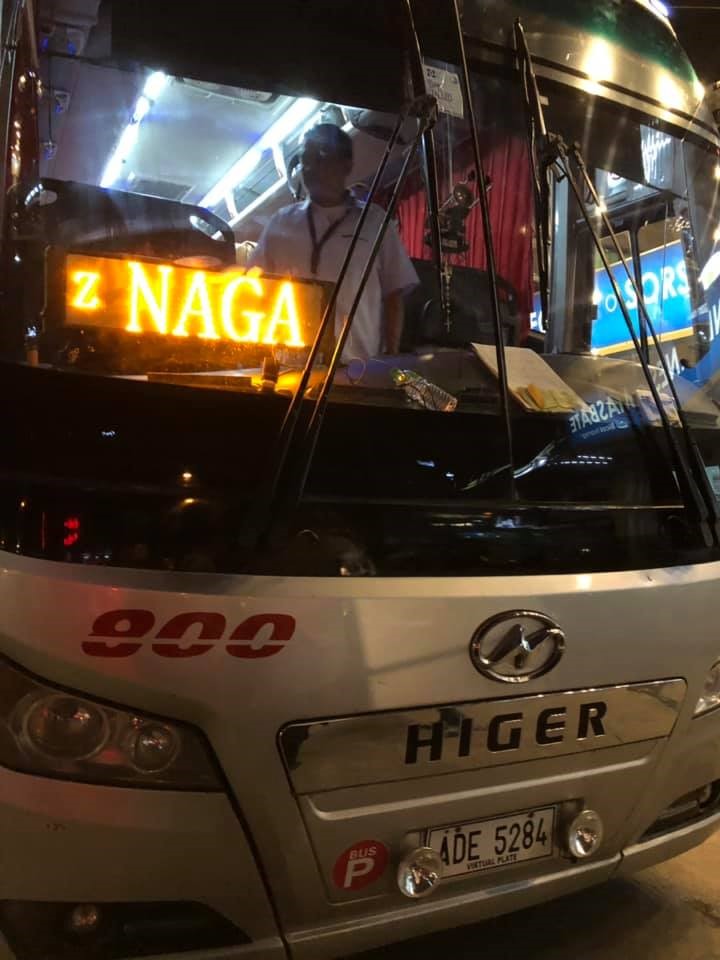
BY RENATO PERDON – THE COLD WAR and the threat of communist in Asia and the Pacific were taken seriously by Australia during the onset of the 1950s. The emerging independent nations of Asia were vulnerable and suffering from poverty, disease, and despair which Australian leaders consider the reason why Asians were attracted to communism.
There was a belief that conscious steps can be taken to counteract this popularity of communism among the war-ravaged nations of the region. Australia therefore decided to embark on various economic assistance programs to countries of South and Southeast Asia.
As early as 1948, the Australian government had already set aside an amount as its contribution to help in the education, reconstruction and development of Asian countries. It was in the form of fellowships and scholarships to Asian students, including the provision of educational materials.
The courses undertaken by Asian students include post-graduate studies in animal health, animal breeding and genetics, sugarcane research, cytogenetic of Australian flora, soil conservation, soil fertility and soil diseases, vegetable oils research, electricity and electronics, biological research, ear, nose and throat specialisation, and dental studies.
Of the initial twenty nine places offered that year, two fellowships went to Filipinos. In addition, the Philippines was provided with the photo lithographing of a local text book entitled Useful Prints of the Philippines by H. W. Brown. For 1950, the Philippines was allocated with four senior and junior fellowships and one scholarship.
It was at this time, the idea of an organised program of technical assistance to South and Southeast Asian countries came into the picture. The initiative was discussed at the Conference of the British Commonwealth Consultative Committee held in July 1950 in Sydney. The conference proposed the establishment of a Commonwealth Technical Assistance Scheme to South and Southeast Asia with an initial funding of £8 million sterling over a three year period.
At the meeting held in Colombo on 24 July, the Standing Committee of the British Commonwealth Consultative Committee deliberated on the Australian proposal. Countries represented during the meeting, aside from Australia, were the United Kingdom, Canada, India, Pakistan, Ceylon, now Sri Lanka, and New Zealand.
The approved Colombo Plan was referred to all countries in the region, including non-Commonwealth countries, like the Philippines. Australia clarified early on that the scheme is not another ‘handout’ to countries in Asia. In the words of then Minister for External Affairs, the Hon. P.C. Spender, the scheme is ‘aimed at stimulating the productive capacity of these countries, and to that extent we look upon it as a prelude to the promotion of trade from which Australia can profit in full measure.’
The scheme cover the area of South and Southeast Asia–from Pakistan in the West to Indo-China and the Philippines in the East and populated by more than 600 million people. The Colombo Plan therefore became an important feature of Australian foreign policy. The basic concept of the plan was one of co-operation wherein each member country doing what it can to assist in the development of the area as a whole.
The Colombo Plan had a two-pronged strategy, the Economic Development and the Technical Co-operation. The first was focused on public investment in projects such as irrigation, power, communications, railways, roads and other basic services, including social development in the sphere of health, education, housing and others. The Technical Co-operation Scheme concerned with the training of students and other technicians, the loan of experts, and the provision of equipment required for educational training and for use by technical experts.
A Technical Assistance Bureau was established in Colombo with the initial task of preparing a comprehensive report on the development of India, Pakistan, Ceylon, and the British Territories in Southeast Asia. The program was for six years to commence in 1951. Also approved was a technical assistance scheme that will cater not only to Commonwealth countries of South and Southeast Asia but other countries outside the group. Under the technical scheme assistance are training of personnel from countries were suitable instruction is available; missions from the area to study the latest techniques and practices in other countries; provision of experts, instructors, and advisory missions to assist in the work of planning, developing, or reconstruction, and for use in public administration, health services, scientific research, and in agricultural, industrial, and other productive activities; provision of equipment needed for training, or for use by technical experts in the area; and establishing, equipping, extending or funding training institutions in countries of the area. Invitations were extended to Burma, Thailand, Vietnam, Cambodia, Laos, the Philippines and Indonesia to participate in the scheme. Invited countries, except Thailand and the Philippines, decided early on to become members of the Colombo Plan Scheme.
The Colombo Plan officially started in 1 July 1951 with Australia allocating £31.25 million for the plan ending 1957. At the start of the Plan, 30 experts and almost 150 training awards were made under the Technical Cooperation Scheme, in addition to training, equipment granted to member countries. Despite early benefits derived from being member countries of the plan, the Philippines’ participation was minimal. In fact, during the initial annual meeting of the plan, the Philippines only attended as observer. It became an offical member only in 1954 during the Colombo Plan meeting held in Ottawa, Canada.
The early benefit that the Philippins availed itself of was the sending of a few numbers of Filipinos to train in member countries. Six Filipinos visited Australia to attend a library seminar in February 1952. By 1953 out of her 847 training grants available under the scheme, only thirteen Filipinos were training in Australia. They were studying in agricultural science, science, education, social studies, power generations, and libraries.
The reason behind this lukewarm participation of the Philip pines can be attributed to several factors. One related to the local economic and political situations in the country affecting security and the Hukbalahap insurgency; the government efffort to improve the agricultural production while faced with drought andtyphoons; the United Nations and its specialised agencies offering a total of 45 training grants; the outbreak of the Korean War; and the diplomatic relations between Australia and the Philippines was on its lower level due to the celebrated Gamboa case.
Although the initiative and effort made by Australia in the formation of the Colombo Plan had been recognised overseas, ordinary Australians were not keen in extending hospitality to foreign Asian students. Australians press was also critical of the scheme which according to the media denied Australian qualified student access to a university because there were Asian students getting the places. This situation prompted then Minister for External Affairs, The Rt. Hon. R.G. Casey to launch the ‘Meet Your Neighour’ Campaign.
The campaign was a follow-up to the observation made by Minister Casey earlier who said, ‘Overseas students have found one weakness in Austra lia’s handling of the Colombo Plan. While the scholars havealready returned to their home countries armed with much information and professional and industrial experience, few have known the average Australian working men in their own surroundings. Yet this hardly less vital a part of their education than the technical assistance pro vided through the Department of External Affairs and the Public Service Board. It is a part of the scheme which requires the cooperation of the average Australian family.’
In one occasion, Minister Casey emphasised the importnce of the scheme and said, ‘Many of them [Asian students] come to Australia with an impressive academic background and wide experience in their selected fields. All of them, although they come here as students, have a great deal that they can teach us of other culture, so that both Asians and Australians will benefit from the exchange of persons brought about by the Colombo Plan.’
The campaign was first launched in Brisbane in April 1953 by Queensland’s Minister for Public Instructon, Mr George H. Devries who appealed to Brisbane citizens to invite to their homes a party of 15 Asian civil servants who are in Australia to study public administration. In endorsing the campaign, Mr. Casey said that Australians citizens can help grealty in promoting good relations between Australian and her Asian neighbours.
That year, there were 384 Asian students and trainees, including 25 women for specialised training under the Colombo Plan. Fourteen of them came from the Philippines. By 1955, the Philippines benefited from the technical cooperation scheme amounting to £1,252,000 contributed by Australia to the Colombo Plan.
—— Excerpts from Connecting Two Cultures: Australia and the Philippines, Sydney, Australia, 2014.by the author who was a Colombo Plan scholar in 1975 undertaking cultural conservation and restoration techniques.in museums and art galleries in NSW, Queensland, ACT, Victoria, Tasmania, South Australia and Western Australia.











Leave a Reply